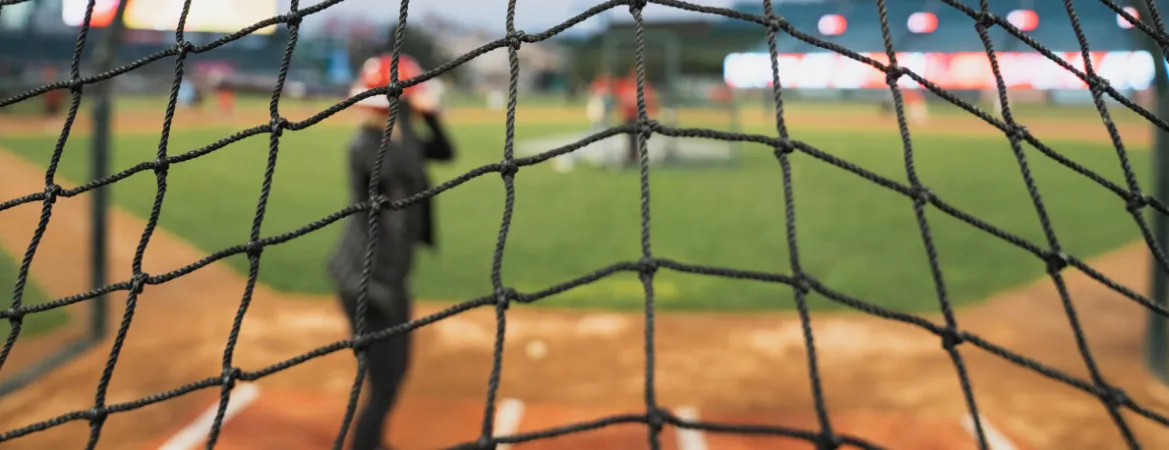Extend the Nets and Conversation: Baseball Spectator Safety

Baseball Netting Material Saves Spectator Lives
Experiencing a PNC Park baseball game is worthy of your bucket list. It can be fun but stressful, from juggling baked almonds to navigating the bridges. However, the last thing that should happen is for a foul ball to hit a spectator at 100 mph.
Baseballs traveling toward a spectator are foul and dangerous. In the past eight seasons, 27 hospitalizations occurred from this. Yet, every game, thousands of spectators wait in lines for entrance to root for their team. Safety spectator netting could have prevented 808 foul ball injuries at this time.
Unfortunately, not everyone leaves MLB games without suffering major head trauma. Lifelong consequences develop from head injuries. Medical struggles, headaches, seizures, and vertigo are all side effects of head injuries. Severe head injuries can cause a decline in the mental abilities of innocent fans.
The History of Netting Material
Developed in the 1930s, nylon is a synthetic plastic made from polyamides. Nylon was the first compound produced and available in excess. They were made from air, water, coal, and petroleum-this lasting fiber constructed the synthetic family.
The two main compounds of Type 6,6 nylon are adipic acid and hexamethylenediamine. The six carbon atoms on both components are why the connotation reads 6,6.
Nylon has many benefits:
- Durability
- Elastic
- Resistant to tears
- Resistant to abrasions
- Immune to elements
- Melts instead of catching fire
In 1935, Wallace Carothers produced the exact makeup of nylon used today. DuPont research facility was the birthplace of this long-lasting and essential invention. Carothers did not predict that his composition of nylon would save lives. Nets made from nylon are solid, resistant, and installed in versatile ways to save lives.
Custom Sports Nets As Versatile Applications
Sports netting material composed of twisted nylon comes in different strengths and sizes. In various applications, such as:
- Batting cage netting for baseball
- Arena netting for hockey
- Stadium netting for Major League games
- Driving range netting for golf
There are many factors to consider whenever seeking out a sports netting device. Such factors include mesh size and strength. Mesh size will change based on the ball diameter size for the specific sport. For example, golf should never exceed a one-inch mesh. Baseball netting is most efficient with a mesh size of 1 3/4 inches.
Tensile strength requirements change based on whether the ball will directly impact the net. If receiving direct impact from the ball, it is better to use a larger twine size. This is because twine size will reflect a stronger tensile strength as well.
These factors are worth the time it takes to go over. Implementing netting is a great way to prevent injury for spectators. Installers must ensure that the net specifications will meet the intended safety goal. Noting these factors is the best way to ensure spectators are safe at baseball games.
Such an investment can avoid costly lawsuits. Spectators will have the ability to root for their favorite team in peace. Managers will have a sense of ease knowing accidents are actively being prevented. Every custom sports net includes peace of mind from players to spectators.
Despite the professional level, spectator safety should be the top priority at every stadium. Safety nets can be installed on poles around the stadium to protect spectators. They can also install dugouts to prevent accidents from happening to players.
Designed to protect, customized netting provides safety for all parties involved. Preventing accidents is always more efficient than reacting to one. Extend your baseball stadium netting today, and your lawyers will thank you.






